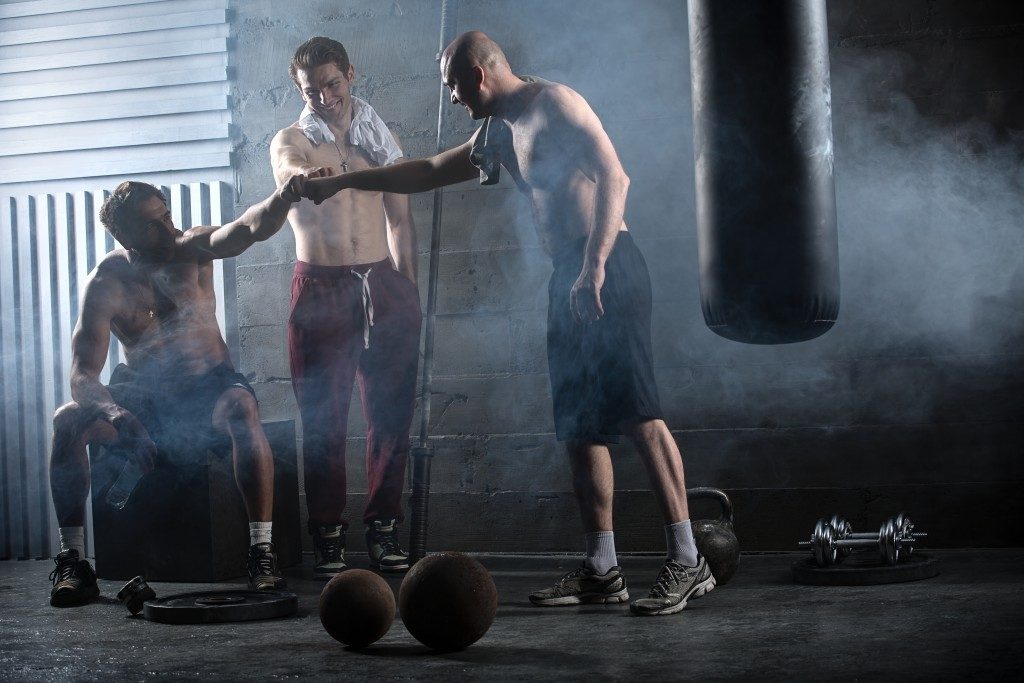About five percent of men across the world live with urinary incontinence (UI). Men often put up with UI for over two years before asking for medical help. Instead of suffering in pain, doing Kegel exercises might help. Dr. Parkhurst Joseph D. MD, Urologist notes that Kegel may be more associated with women, but men can benefit from it, too.
Kegel Exercises for Men
Kegel exercises, which involve contracting muscles that form the pelvic floor, can help prevent and manage male urinary incontinence. Pelvic floor muscles need regular exercise just as much as other muscles to remain strong. Most people, however, don’t give much thought to these muscles. But it’s never too late to start paying attention.
These exercises allow you to focus on the muscles below the bladder. The pelvic exercises will help you strengthen these muscles, allowing you to control urination. The success of Kegel exercises, however, highly depends on proper execution. Like all exercises, this one requires the right movements to prevent injury.
Some people may have reported chest and abdominal pain after performing pelvic floor exercises. But these are only results of inappropriately done exercises. In general, Kegel exercises are harmless if you do them the right way.
The Benefits of Kegel Exercises

Kegel exercises let you zero in on the muscles below the bladder. Primarily, these exercises are a first-line therapy for male urinary incontinence.
Apart from bladder control, these exercises can also help you improve erections and experience more intense orgasms.
A particular study focused on men with erectile dysfunction and climacturia (i.e., urinary incontinence at sexual climax) a year after nerve-sparing radical prostatectomy. These men showed significant improvement in erectile function after pelvic floor muscle training for 15 months. They maintained the effect even during follow-up. They also showed significant improvement in climacturia.
Nocturia, or the awakening at night to pee, is another thing that Kegel exercises can treat. A particular study revealed that behavioral therapy in men presented favorable effects on sleep, reducing nocturia, and quality of life.
The benefits are enticing, but it’s important to know how to do the exercises to achieve the desired results.
How Men Can Get Started With Kegel Exercises
Target the right muscles by identifying them while you pee. Here’s what you need to do:
-
- Try to stop or slow down the flow of urine halfway through peeing
- Don’t hold your breath and don’t tense the muscles in your abdomen, legs, or backside
- If you have slowed down or stopped the flow of urine, it means you have located these muscles
Once you’ve emptied your bladder, here’s how you can exercise the muscles:
-
- Lie on your back and bend your knees, slowly count to five as you contract the muscles
- Slowly count to five as you release the muscles
- Do this ten times
- Do a set of 10 kegel exercises every day, three times a day
You should also check with your urologist when performing Kegels. Just like any other exercise, the results could take time. Be patient and keep doing them until you’ve achieved your goal.

